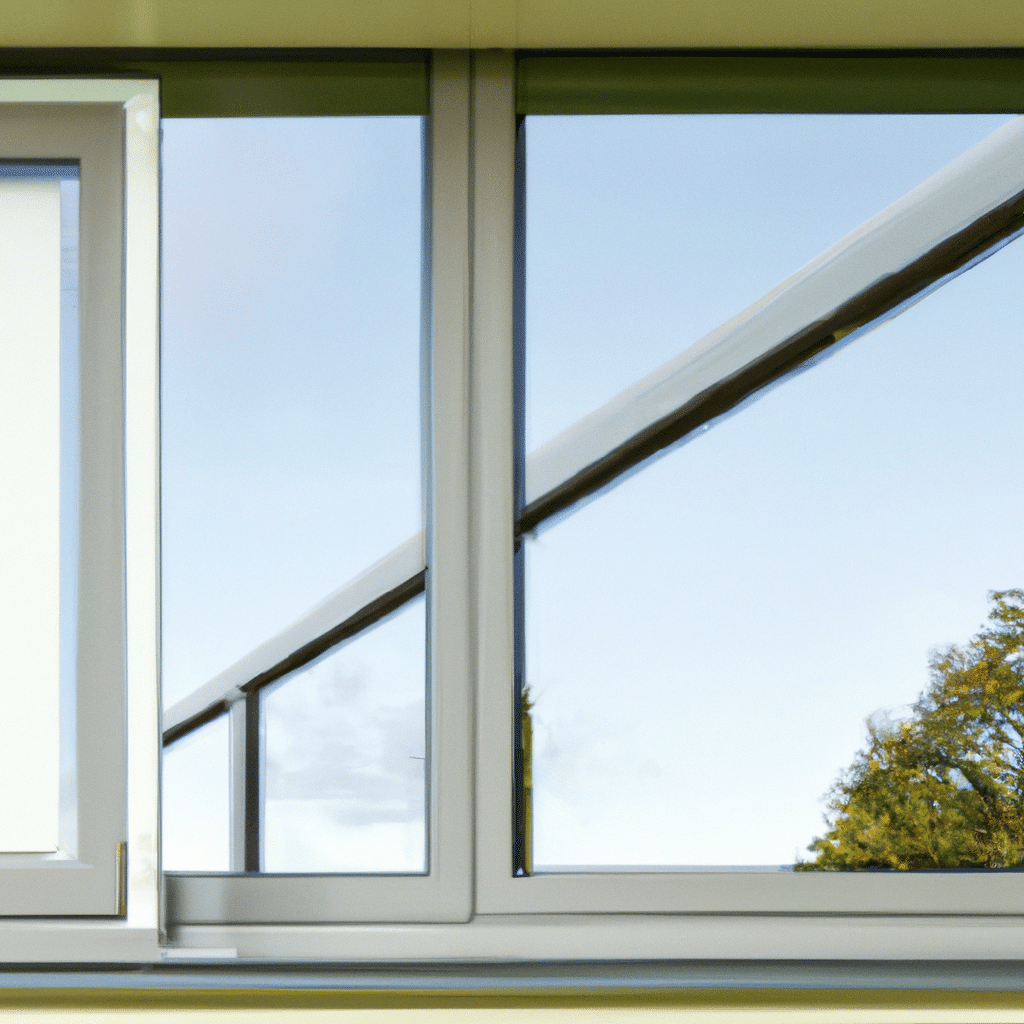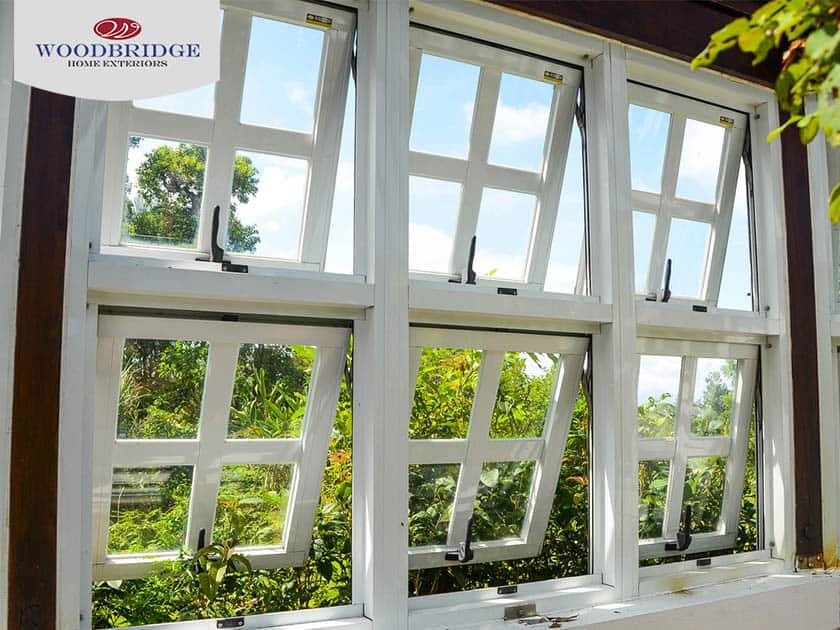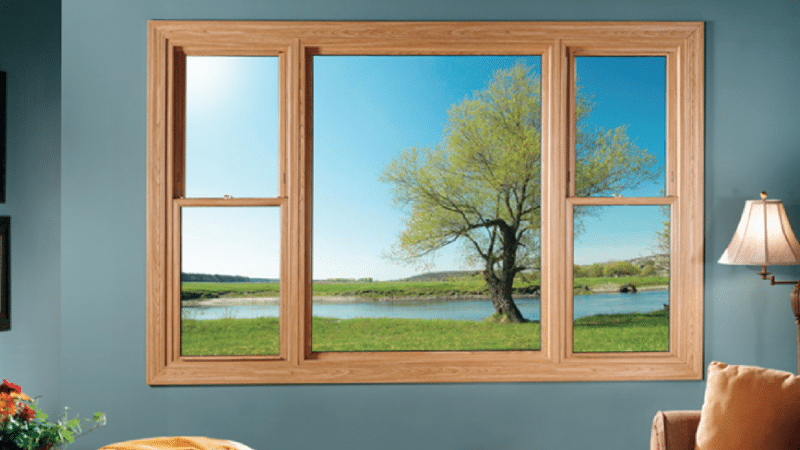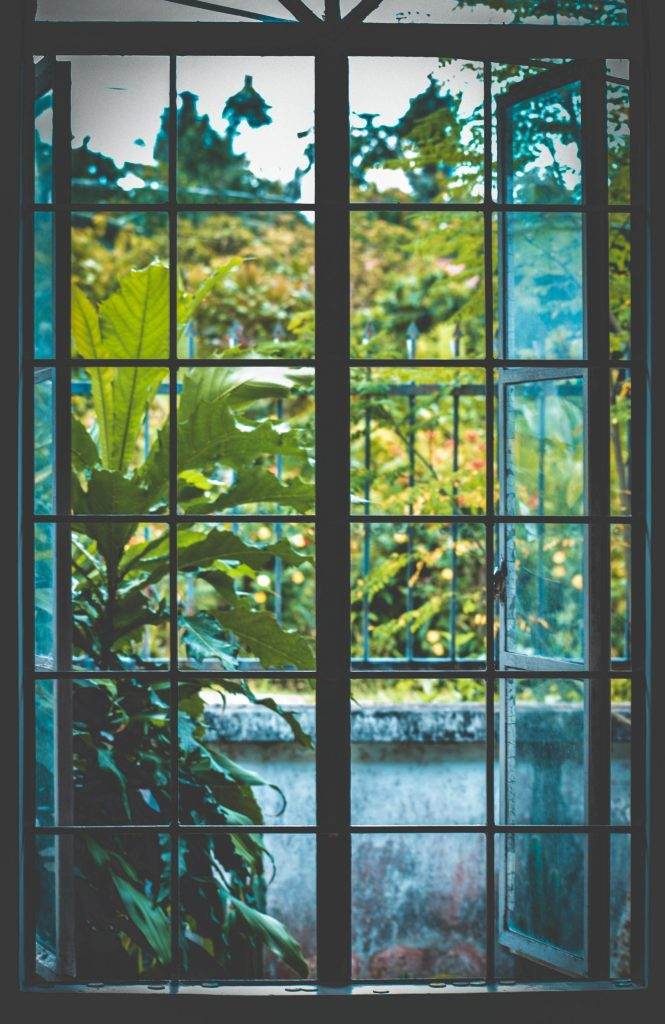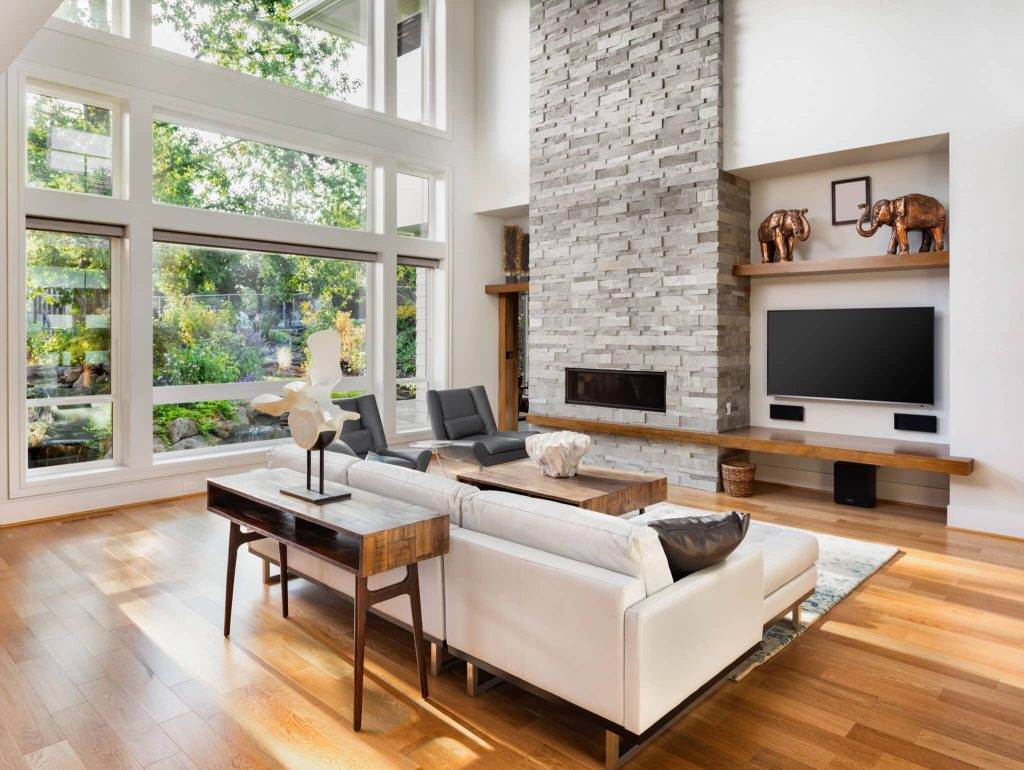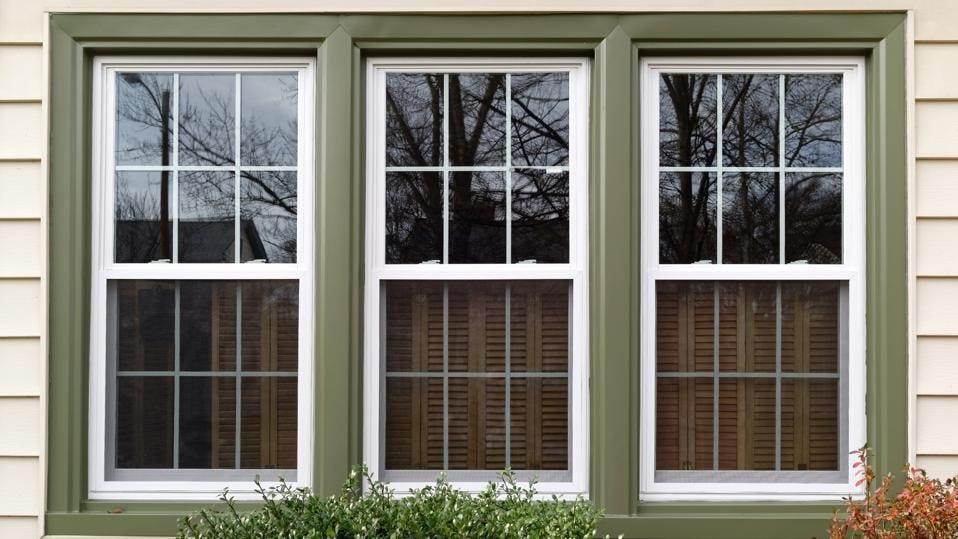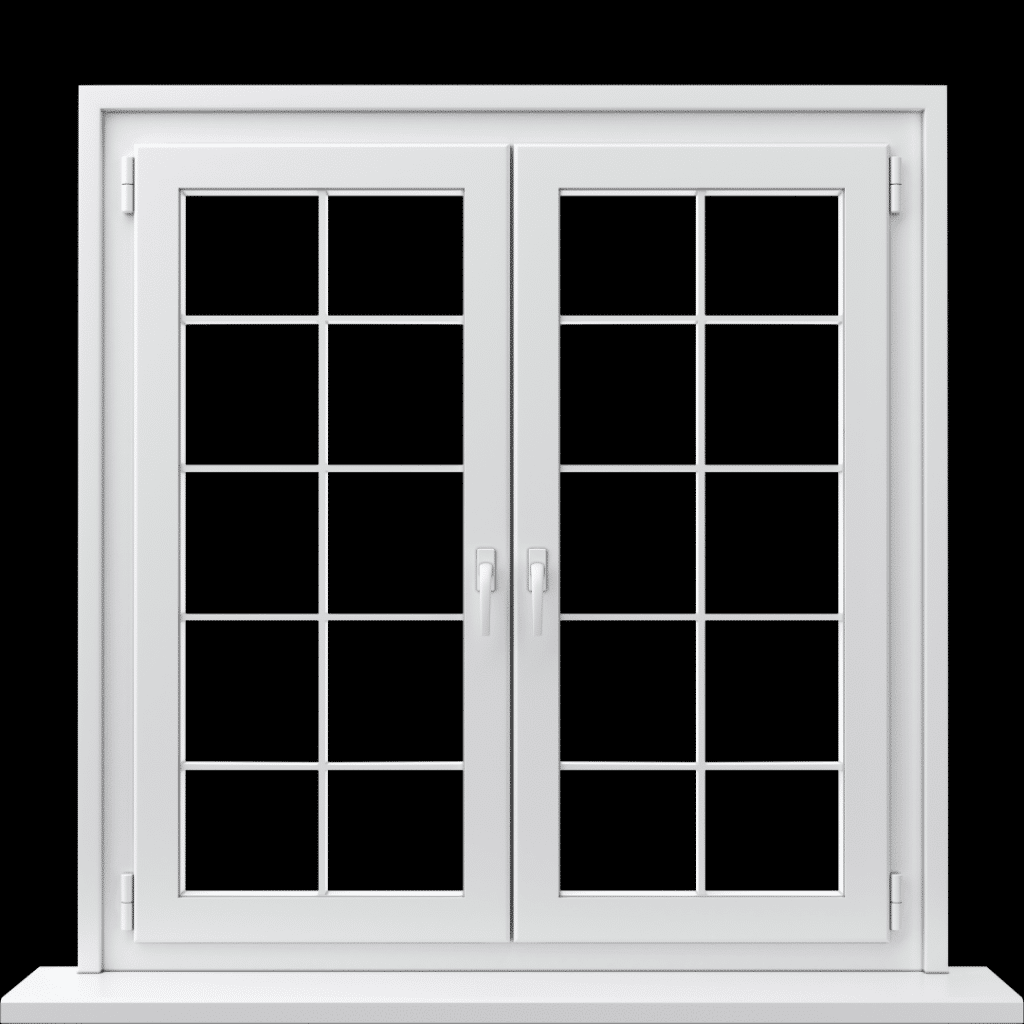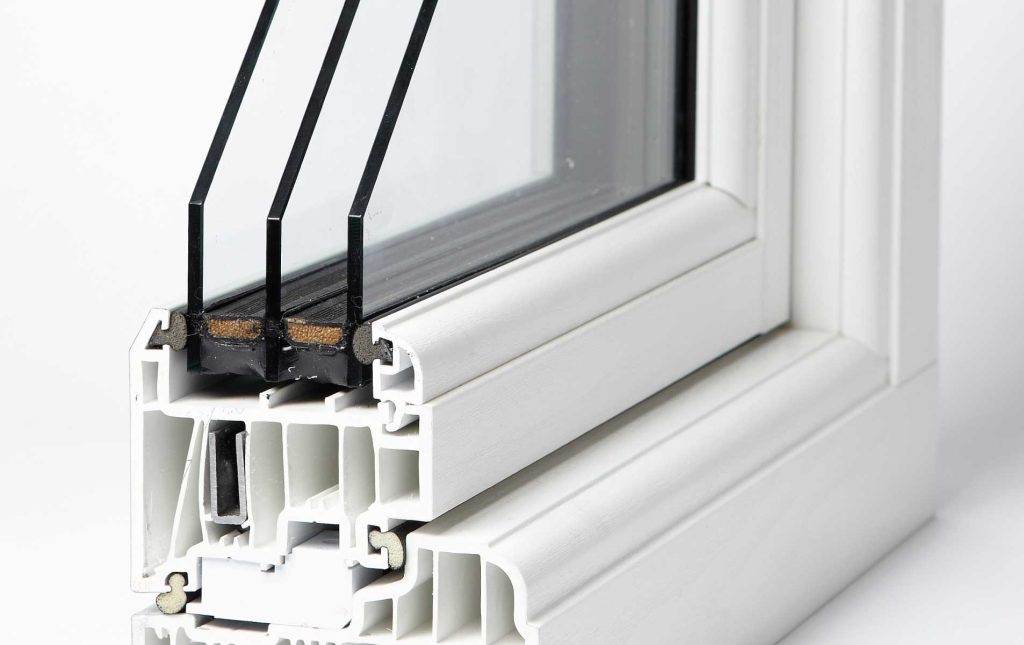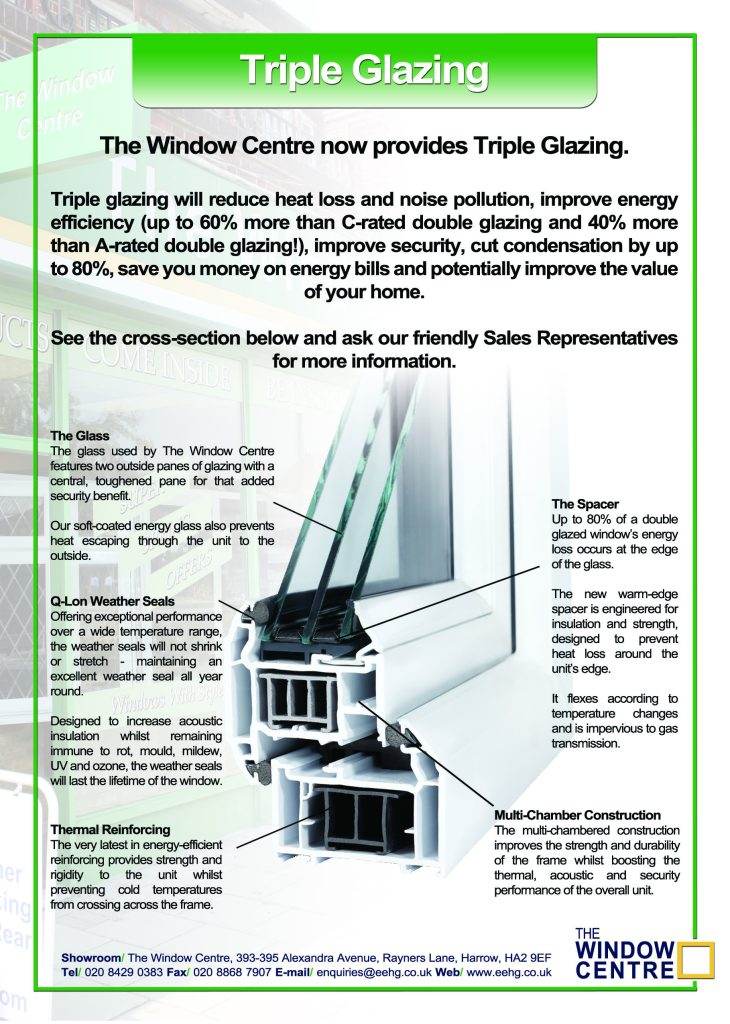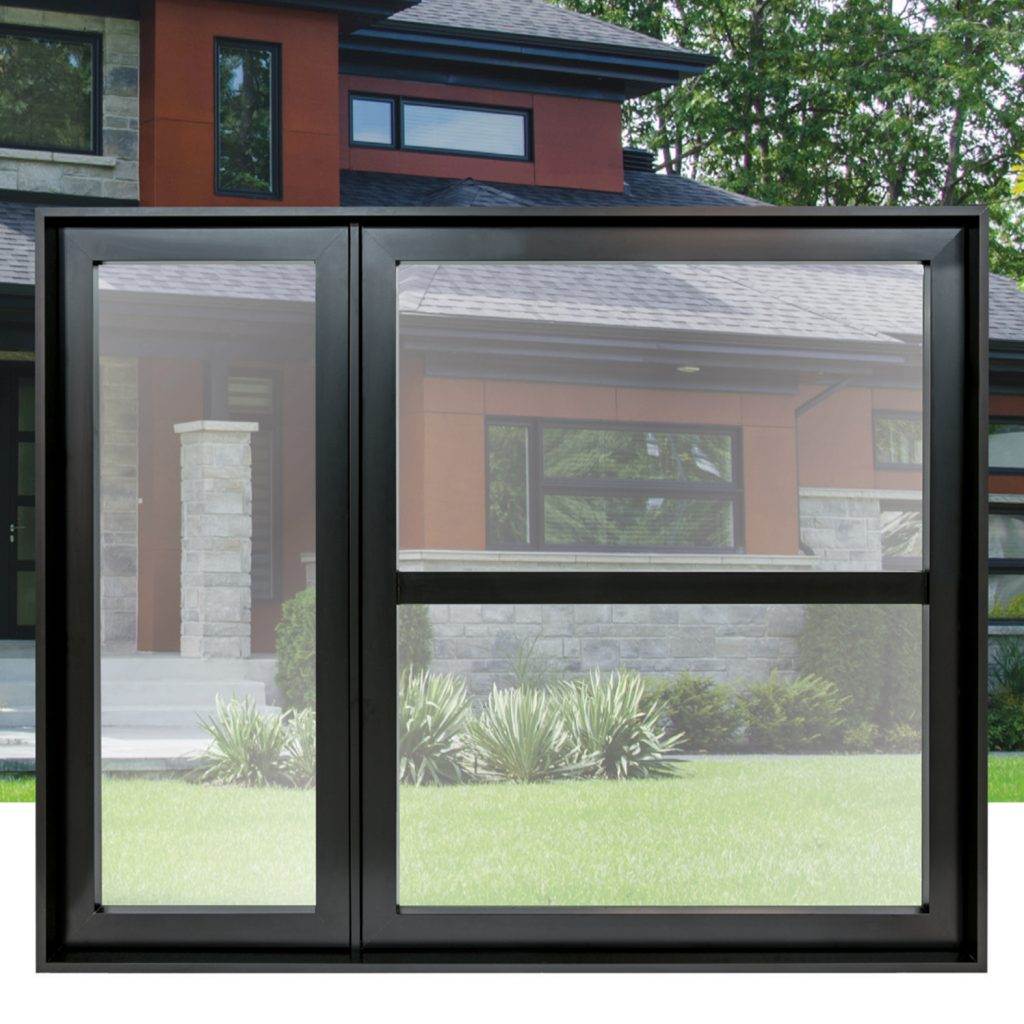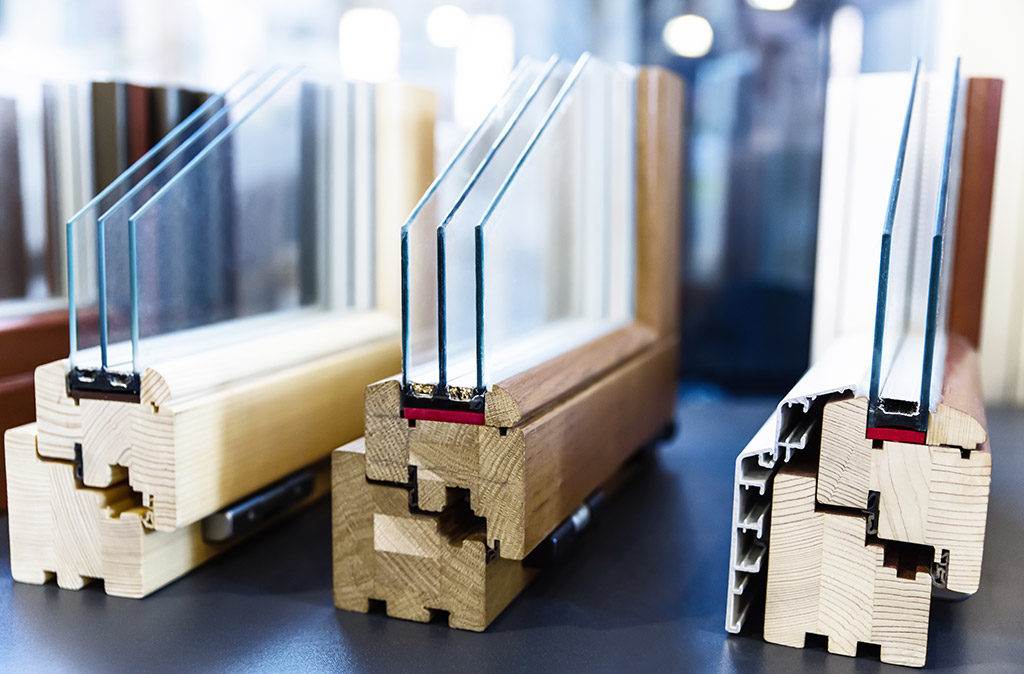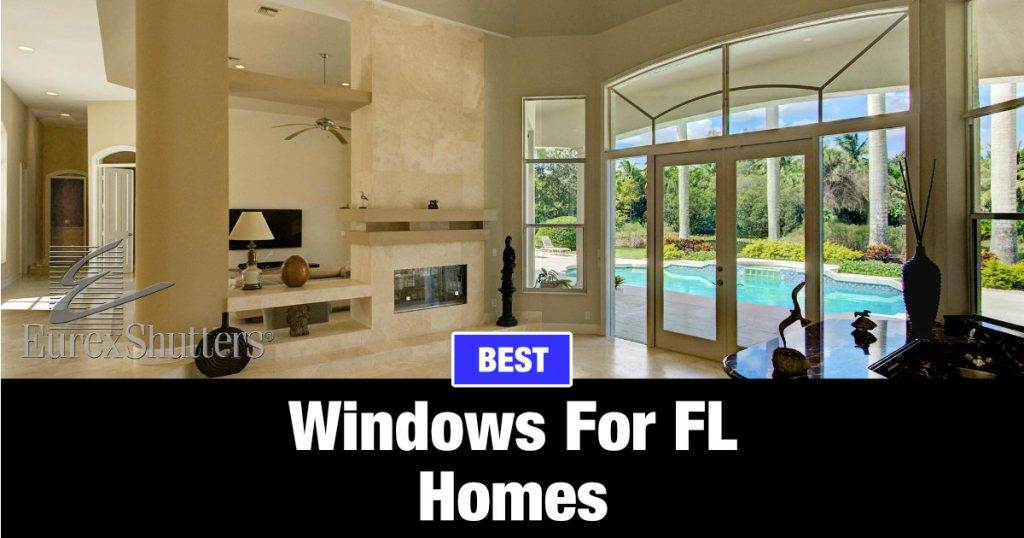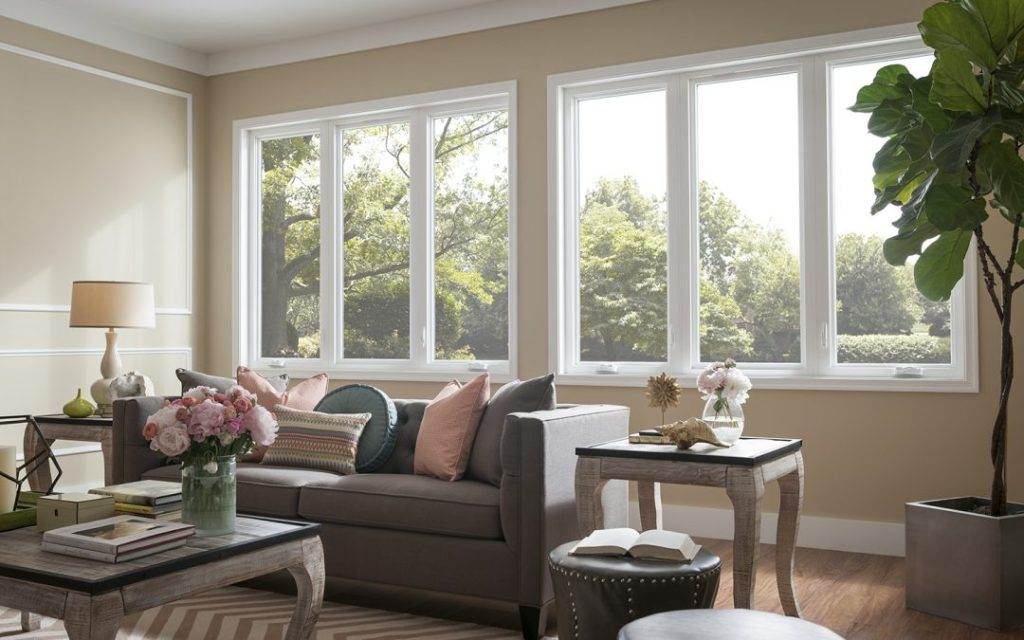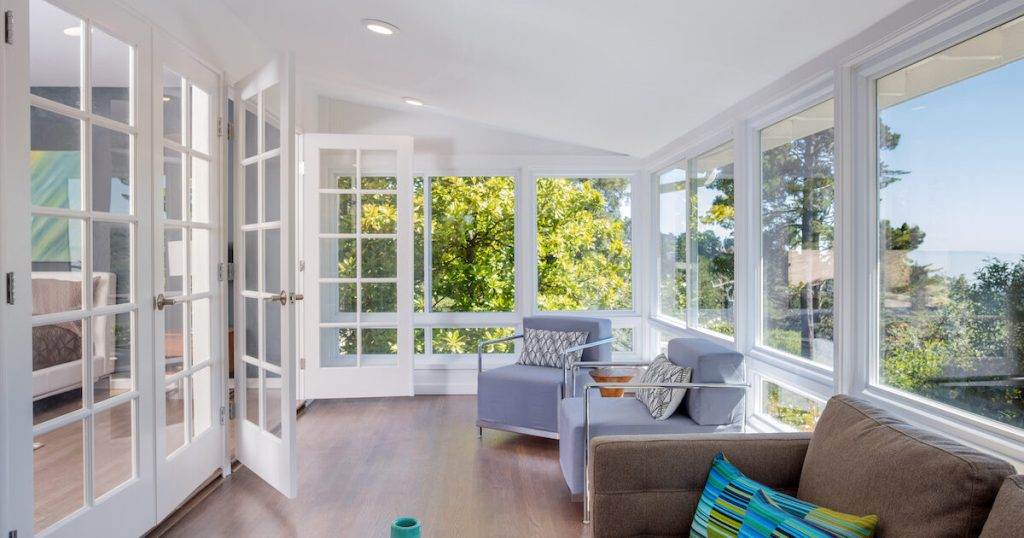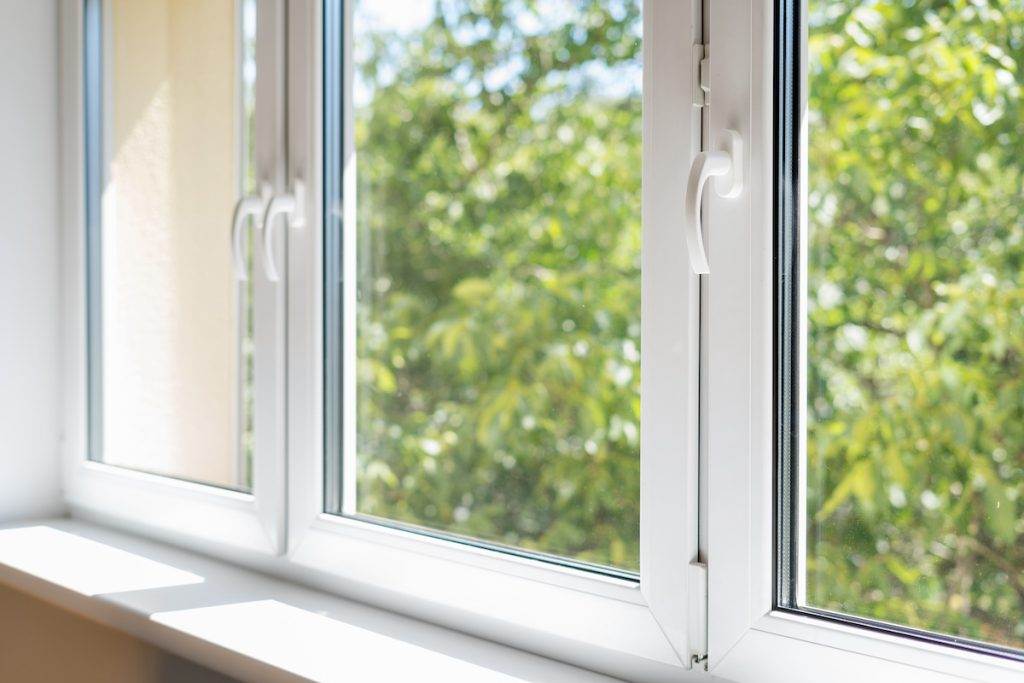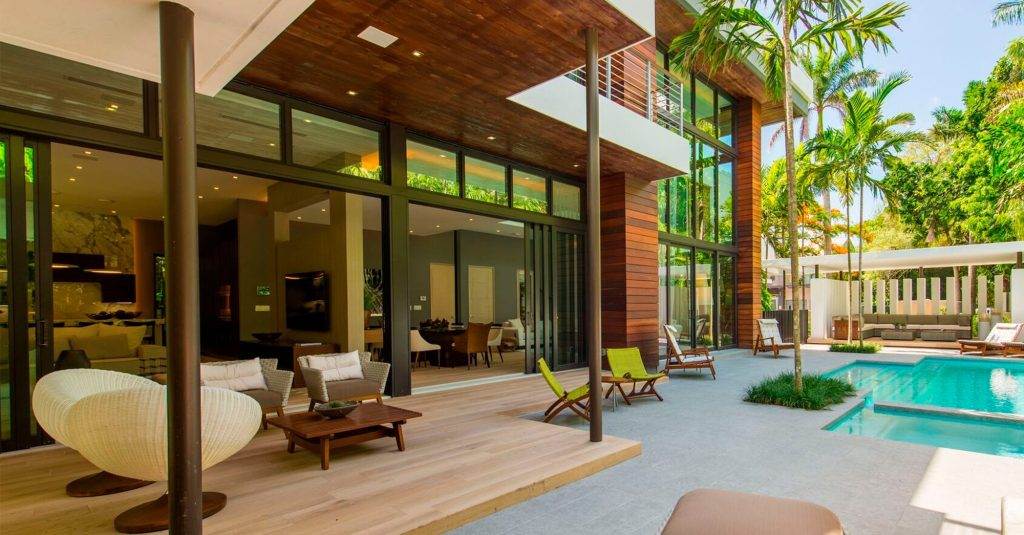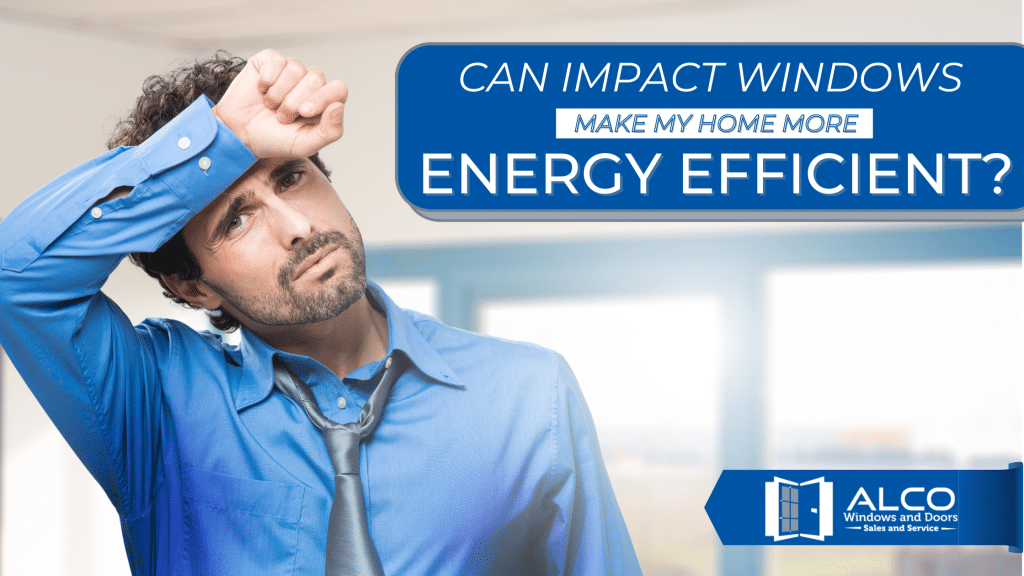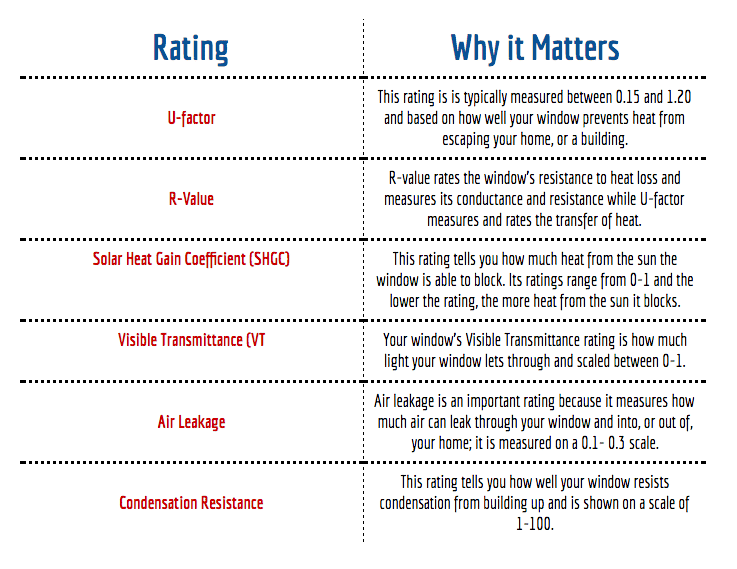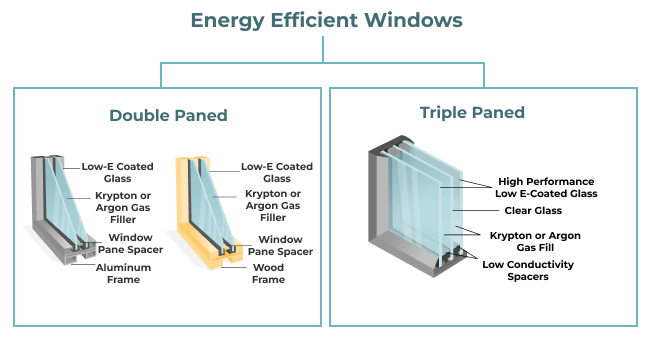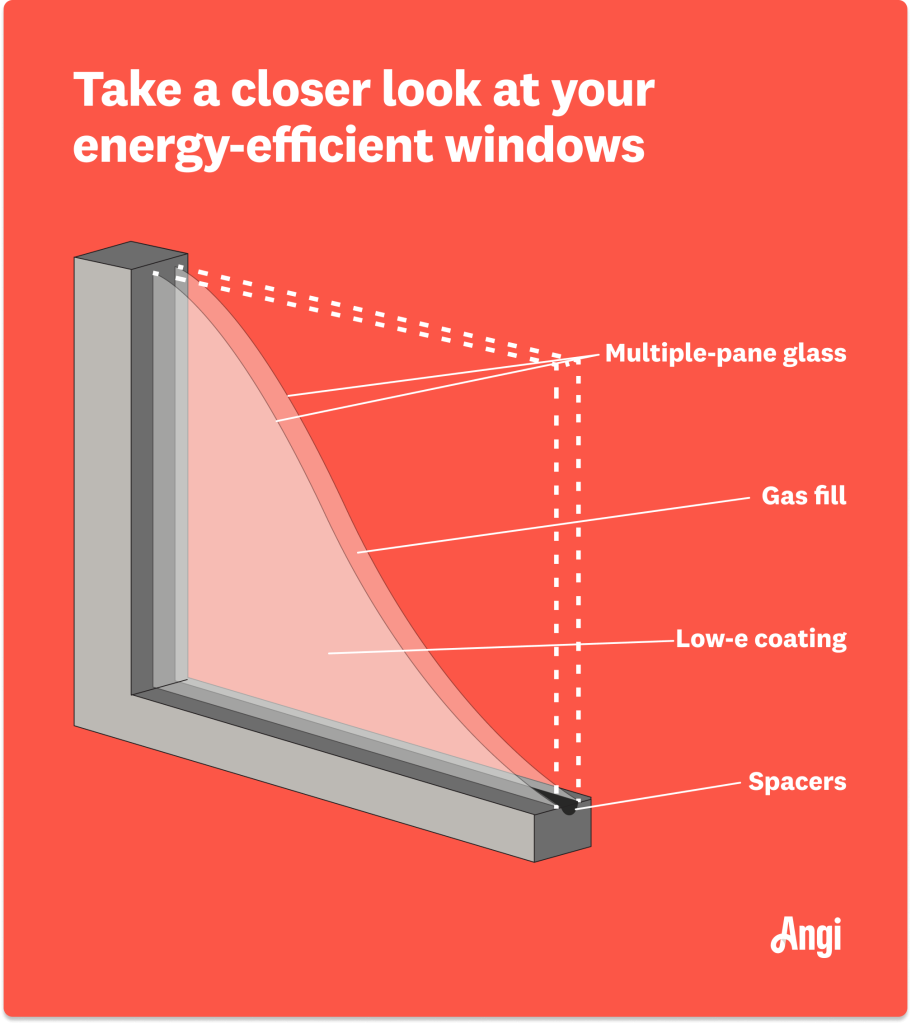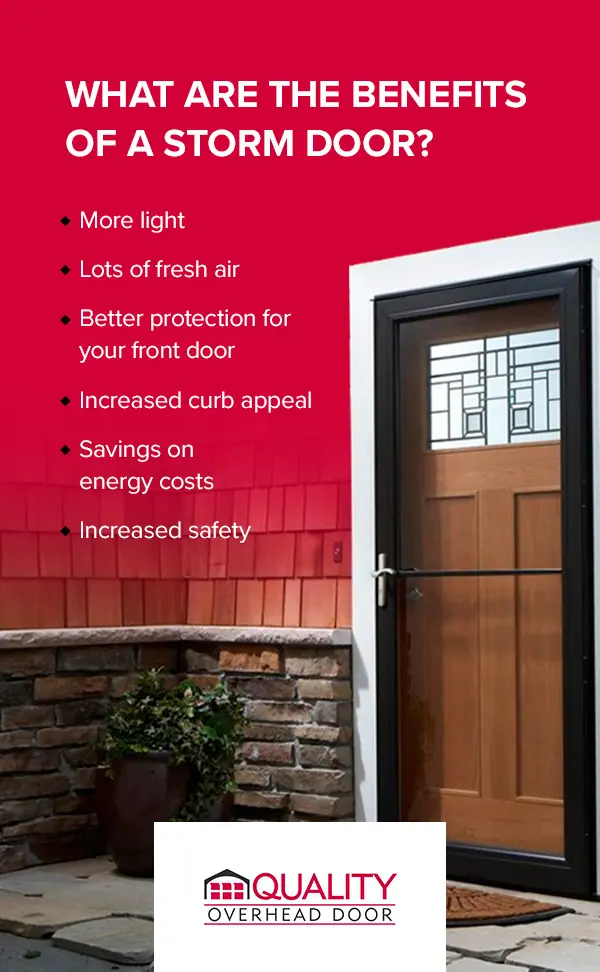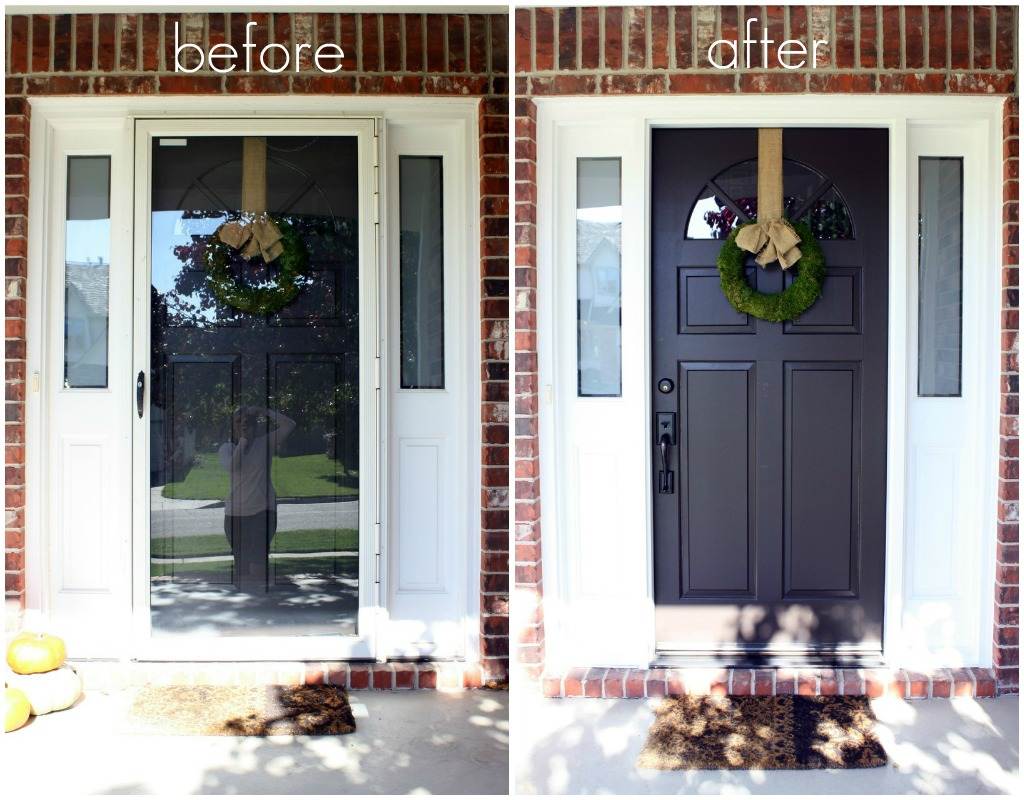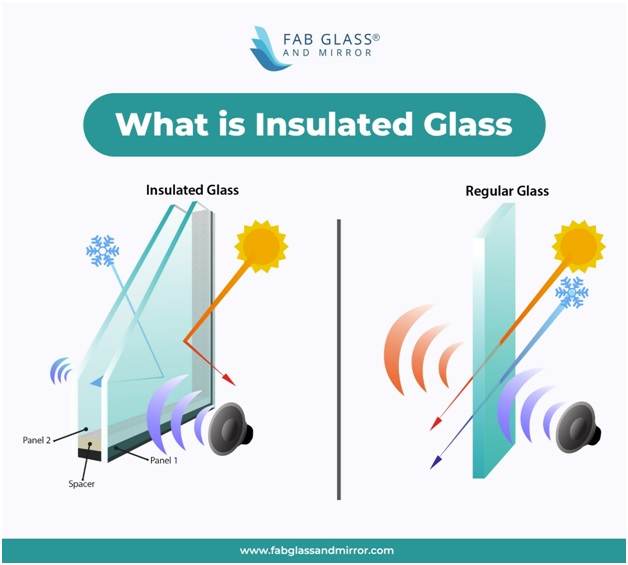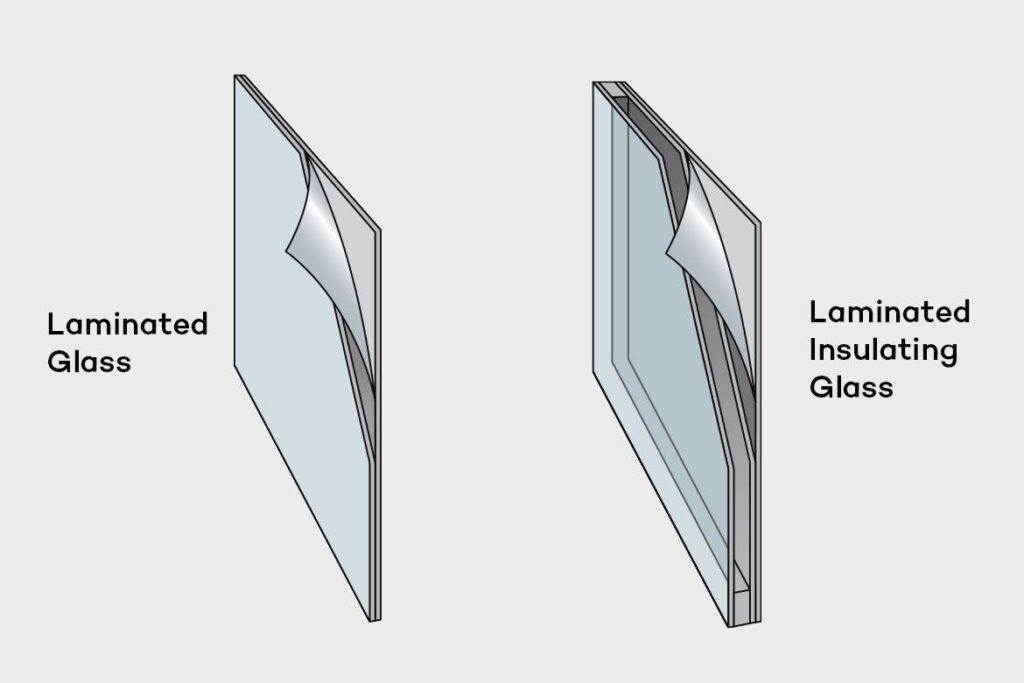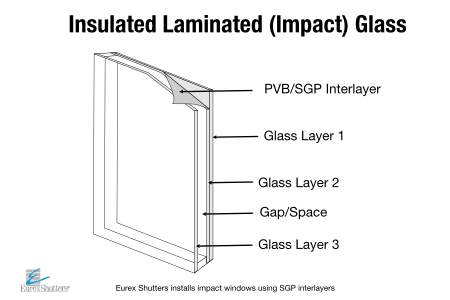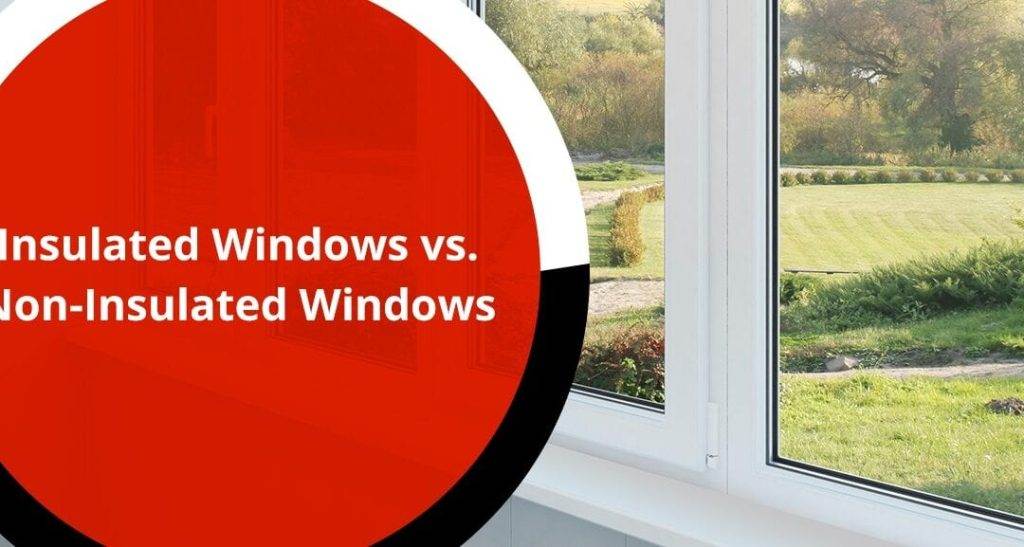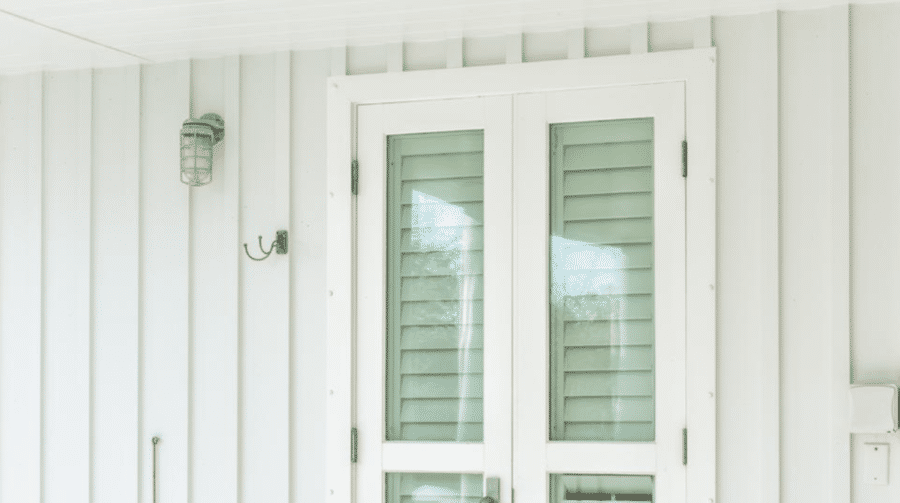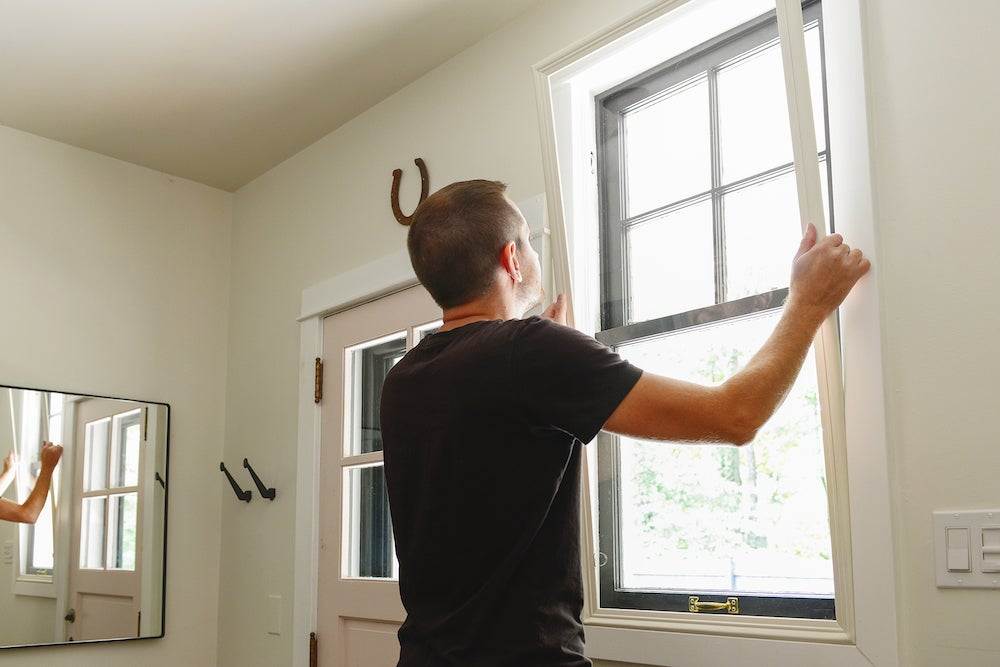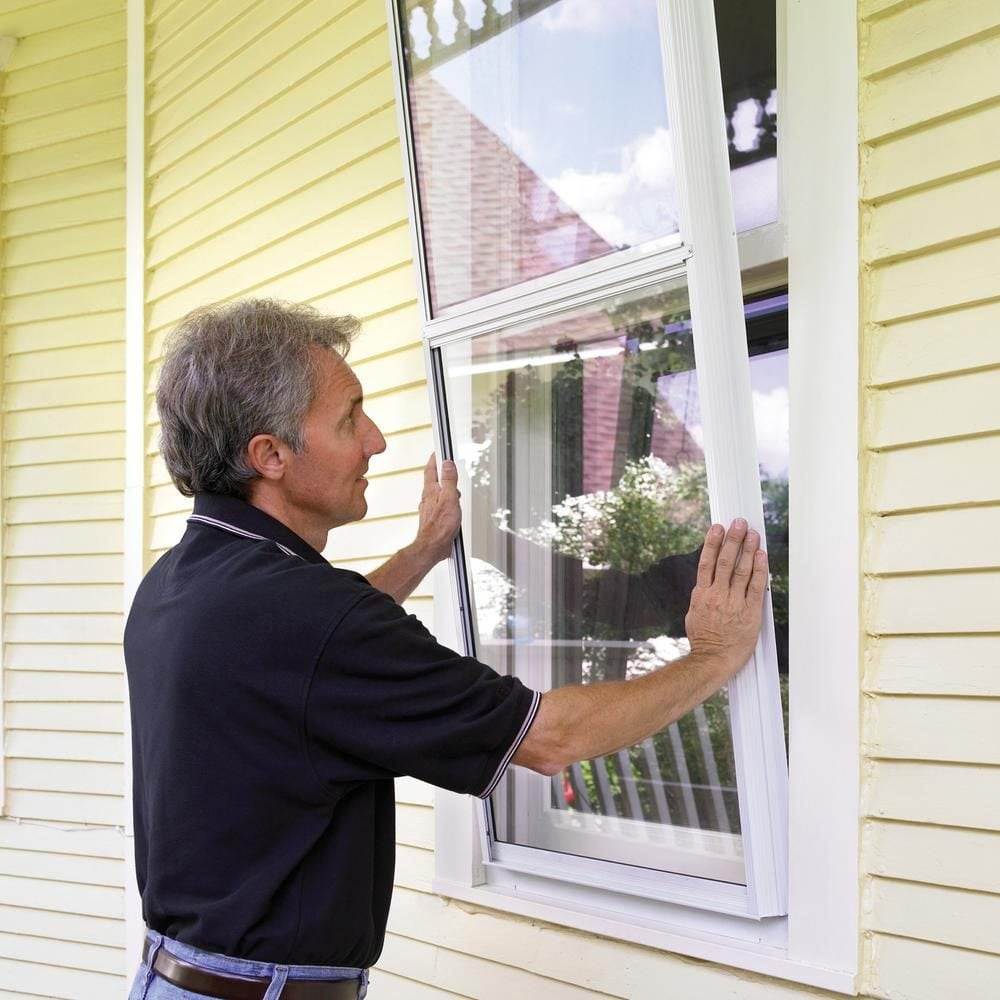So you’re considering installing impact windows and doors, but you’re wondering if there might be any potential downsides to this decision. Well, let’s take a closer look. While impact windows and doors are known for their exceptional strength and ability to withstand extreme weather conditions, some people may have a few concerns. These could include the initial cost of installation, the aesthetics of the windows and doors, and the potential for decreased natural ventilation. However, it’s important to weigh these potential downsides against the numerous benefits that impact windows and doors provide, such as increased security, energy efficiency, and enhanced protection against hurricanes and break-ins.
1. Cost
1.1 High initial investment
Installing impact windows and doors can come with a significant upfront cost. Unlike traditional windows and doors, impact-resistant ones are specifically designed to withstand strong winds and debris during severe weather events. The materials used in their construction are often more durable and reinforced, which can drive up the initial cost compared to regular windows and doors.
1.2 Cost of installation
In addition to the high initial investment, the cost of installation for impact windows and doors is also a consideration. These specialized windows and doors require skilled professionals for proper installation. The installation process may involve removing the existing windows and doors, retrofitting the frames, and ensuring a secure, airtight fit. These additional installation steps may incur higher labor costs compared to standard window or door replacements.
1.3 Potential increase in insurance premium
While impact windows and doors can provide increased protection against storm damage, some insurance companies may view them as an added risk. As a result, there is a possibility that your home insurance premium could increase with the installation of impact-resistant windows and doors. It is advisable to contact your insurance provider beforehand to understand any potential changes in your policy and to evaluate the overall financial impact of the investment.
2. Limited Design Options
2.1 Restricted customization
When it comes to impact windows and doors, customization options may be limited. Since these types of windows and doors require specific materials and construction techniques to meet impact resistance standards, the range of design options may be narrower compared to conventional windows and doors. This can restrict your ability to achieve a specific aesthetic or match the existing architectural style of your home.
2.2 Limited aesthetic choices
Impact windows and doors often have a distinct appearance due to the reinforcement required for their function. The frames may be bulkier, and the glass may have a subtle or noticeable tint due to the added layers. These design features, while functional, may not align with everyone’s personal taste or desired aesthetic for their home. It’s important to consider the overall visual impact of these features on both the interior and exterior of your home.
2.3 Potential architectural constraints
For older buildings or structures with unique architectural features, the installation of impact windows and doors may present challenges. The retrofitting process to accommodate these specialized windows and doors might require modifications to the existing framing or structural elements. This can impact the architectural integrity of the building or require additional reinforcement to ensure the structural stability and performance of the impact-resistant windows and doors.
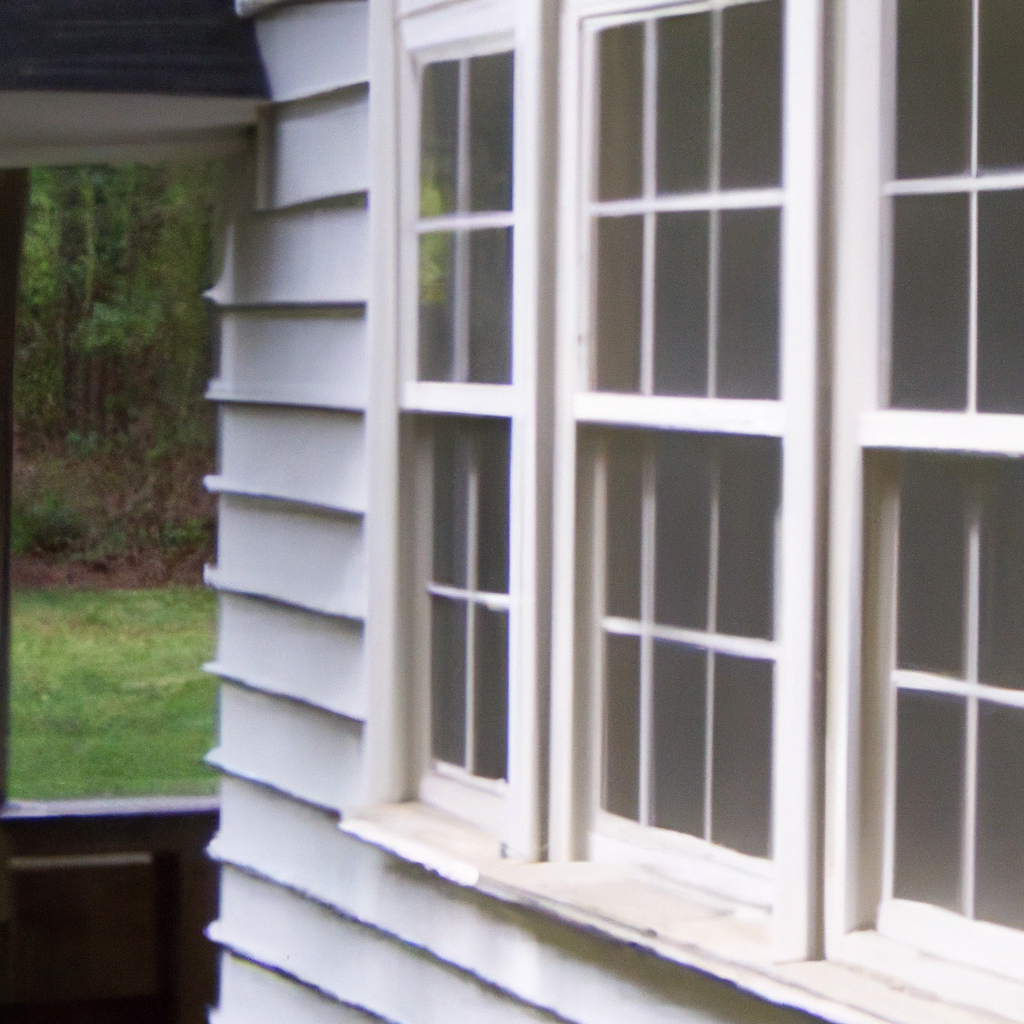
3. Noise Reduction
3.1 Reduction in natural noise
One potential downside of impact windows and doors is the reduction in natural noise. While this may not be perceived as a negative aspect by everyone, some individuals enjoy the sounds of nature or the surrounding environment. Impact windows and doors, with their reinforced construction, can significantly reduce the amount of external noise that enters the building, including sounds such as birds chirping, raindrops falling, or the rustling of leaves.
3.2 Impact on indoor acoustics
While impact windows and doors can reduce outdoor noise, they may also affect the acoustics indoors. The sound waves that would typically pass through traditional windows may be absorbed or deflected by the impact-resistant glass and frames. This can result in a change in the way sounds are heard and transmitted within the living space, potentially leading to altered indoor acoustics that may require adjustment or additional measures for optimal sound quality and comfort.
3.3 Need for additional soundproofing
If maintaining indoor acoustics and sound quality is a priority, the installation of impact windows and doors may require additional soundproofing measures. This could include adding sound-dampening curtains, rugs, or wall treatments to compensate for the potential reduction in natural noise and the alteration of indoor sound transmission. It is important to consider these additional steps to create a balanced and harmonious acoustic environment within the space.
4. Maintenance and Repairs
4.1 Regular maintenance requirements
Just like any other windows and doors, impact-resistant windows and doors require regular maintenance to ensure their longevity and performance. Cleaning the glass, lubricating the hinges and tracks, and inspecting for any signs of wear or damage are important maintenance tasks. Additionally, the hardware of impact windows and doors should be periodically checked and adjusted to ensure proper functionality and security. It is essential to follow the manufacturer’s maintenance guidelines to maximize the lifespan of your impact windows and doors.
4.2 Potential for seal failure
Impact windows and doors often rely on tight seals to provide their enhanced performance. However, over time, these seals can deteriorate or fail, compromising the window or door’s ability to withstand impacts, remain weather-resistant, or maintain energy efficiency. If the seals fail, they may need to be replaced or repaired, which can result in additional costs and potential inconvenience. Regularly inspecting the seals for any signs of wear or damage is crucial to detect and address such issues promptly.
4.3 Repair costs in case of damage
While impact windows and doors are designed to resist damage from storms and impacts, they are not indestructible. In the event of severe weather or unexpected accidents, damage to these specialized windows and doors can occur. The repair costs for impact-resistant windows and doors can be higher compared to standard windows and doors due to their specialized construction and materials. It is important to factor in potential repair costs when considering the overall financial implications of installing impact windows and doors.
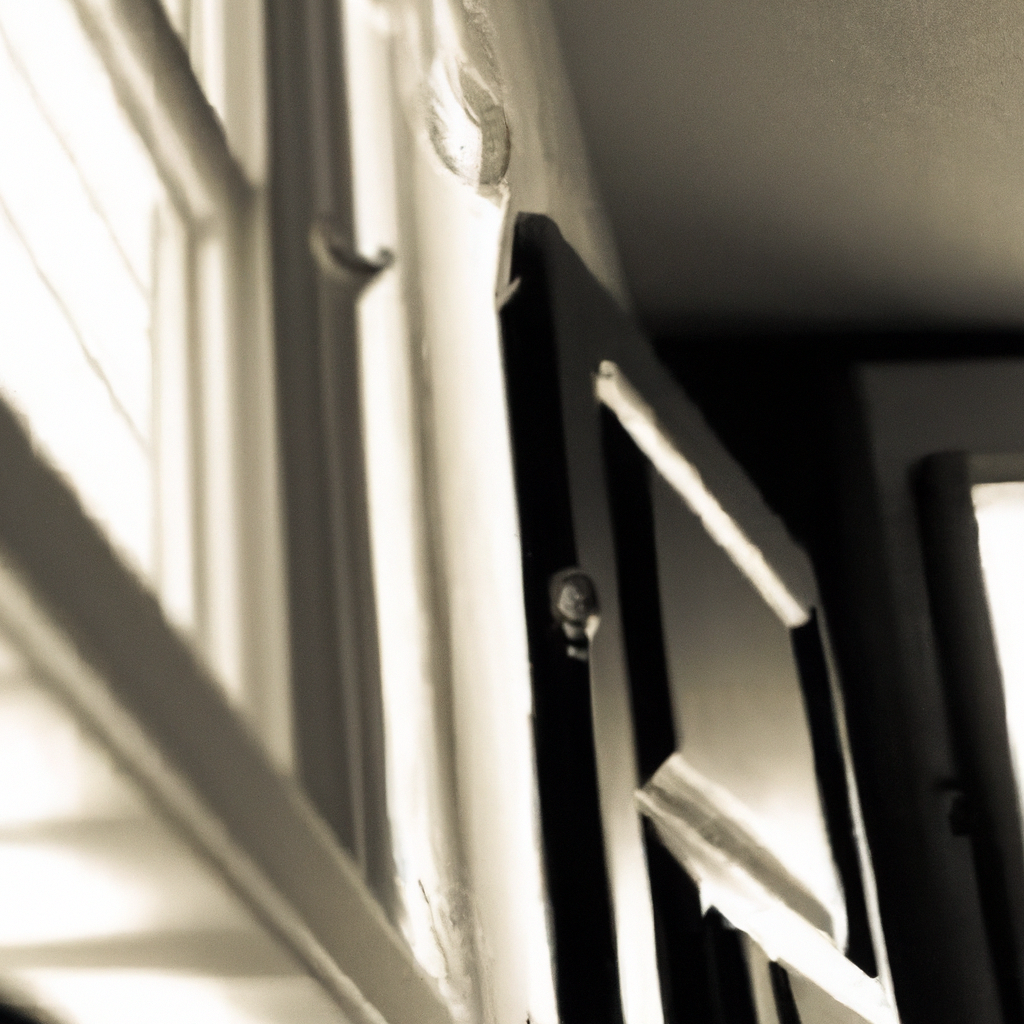
5. Energy Efficiency
5.1 Potential heat retention
Impact windows and doors, with their reinforced glass and frames, have the potential to retain more heat compared to traditional windows and doors. The added layers of impact resistance may reduce the heat transfer through the glass, preventing heat from escaping during colder months or entering during warmer months. While this can be beneficial in terms of energy efficiency during extreme weather conditions, it may impact the overall temperature regulation inside the building and result in higher heating or cooling costs depending on climate and insulation.
5.2 Limited airflow
As impact windows and doors are designed to be airtight and weather-resistant, they may limit the natural airflow within a space. Traditional windows and doors can be opened to allow fresh air circulation, but impact-resistant alternatives may not offer the same level of ventilation. This can affect indoor air quality, especially in areas where natural ventilation is desired, such as kitchens or bathrooms. The lack of sufficient airflow may necessitate the use of mechanical ventilation systems or additional efforts to ensure adequate air exchange.
5.3 Higher reliance on cooling
Due to the potential heat retention and limited airflow mentioned above, buildings with impact windows and doors may rely more heavily on cooling systems during warmer months. The reduced ability to naturally ventilate the space and the potential for increased heat transfer can result in higher cooling needs to maintain comfortable indoor temperatures. This increased reliance on cooling systems may lead to higher energy consumption and subsequent costs, particularly in regions with hot climates or where energy prices are high.
6. Weight and Structural Considerations
6.1 Added weight on frames and supports
Impact windows and doors are often heavier than traditional ones due to the additional layers of glass and reinforcement. This increased weight places extra stress on the window frames, hinges, and supports. The existing frames and structural elements may need to be evaluated to ensure they can adequately bear the additional weight. In some cases, reinforcement or modifications may be necessary to accommodate the increased load, adding to the complexity and cost of the installation process.
6.2 Potential need for reinforcement
Depending on the building’s construction and design, the installation of impact windows and doors might require additional reinforcement beyond the existing frame and support system. Older buildings or structures with weaker or non-compliant frames may need structural upgrades to meet the necessary requirements for impact resistance. These reinforcements could involve additional beams, columns, or other support elements, which can further increase the cost and complexity of the installation.
6.3 Structural considerations for older buildings
For older buildings, the installation of impact windows and doors may pose specific structural challenges. The retrofitting process may require modifications to the existing frames, which can affect the architectural integrity and historical significance of the building. Before deciding to install impact-resistant windows and doors in an older property, it is necessary to fully assess the potential impact on the building’s historic value and consult with professionals experienced in working with heritage structures.
7. Reduced Natural Light
7.1 Diminished daylight penetration
Impact windows and doors may reduce the amount of natural light that enters a building compared to traditional windows. The additional layers of glass and reinforcement can affect the light transmission, resulting in a decrease in overall daylight penetration. This can impact the overall brightness of the interior space and the ambiance created by natural light. If maximizing natural light is a priority for you, it is important to consider the potential trade-off when choosing impact windows and doors.
7.2 Impact on overall ambiance
Natural light has a significant influence on the overall ambiance and mood of a space. The reduced amount of daylight entering through impact windows and doors can alter the atmosphere within a room. Spaces that previously benefited from abundant natural light may require additional artificial lighting during the day to compensate for the diminished daylight. This consideration is particularly important in areas where a certain ambiance or specific lighting requirements are desired.
7.3 Need for artificial lighting during the day
With the potential reduction in natural light penetration due to impact windows and doors, the reliance on artificial lighting during the day may increase. This can result in higher electricity consumption and costs. To minimize the impact on energy use, it is essential to evaluate the lighting design and select appropriate fixtures or systems that provide adequate illumination while optimizing energy efficiency. Additionally, incorporating features like light shelves or reflective surfaces can help maximize the utilization of available natural light.
8. Emergency Egress
8.1 Limited escape options in emergencies
One of the considerations when installing impact windows and doors is their impact on emergency egress. During an emergency, such as a fire or other events that require quick evacuation, the ability to exit a building in a timely and safe manner is crucial. Impact-resistant windows and doors are designed to be strong and secure, which may make them more challenging to open or break through during an emergency. It is important to assess the impact on emergency egress and ensure there are alternative escape routes available.
8.2 Compliance with building codes
Installing impact windows and doors must comply with local building codes and regulations. Building codes often outline specific requirements for emergency egress, including the type and size of windows and doors that can be used in different parts of a building. The installation of impact windows and doors must adhere to these guidelines to ensure the building remains compliant and safe in all situations. It is advisable to consult with local authorities or professionals knowledgeable in building codes to ensure compliance during the installation process.
8.3 Safety concerns in certain situations
While impact windows and doors provide enhanced protection against severe weather and impacts, there may be safety concerns in specific situations. For example, if someone becomes trapped inside a room with impact-resistant windows or doors due to a malfunction or lockout, the added strength and security can make it more difficult to gain access from the outside. Therefore, it is important to consider emergency scenarios and establish contingency plans to address any potential safety concerns associated with impact windows and doors.
9. Potential Condensation
9.1 Increased condensation on windows
Impact windows and doors may have an increased potential for condensation compared to traditional windows. The multi-layered construction and increased airtightness can create a greater temperature differential between the indoor and outdoor environments. This temperature difference can lead to increased condensation on the window surfaces, which may affect visibility, cause water damage, or contribute to mold and mildew growth if not properly managed.
9.2 Impact on air quality and mold growth
Excessive condensation on windows due to impact-resistant properties can impact indoor air quality and promote the growth of mold and mildew. If not properly addressed, mold growth can result in respiratory issues and damage to the building materials. Proper ventilation and humidity control are essential to mitigate condensation and maintain a healthy indoor environment. Regularly monitoring and managing humidity levels is necessary to prevent excessive condensation and minimize the associated risks.
9.3 Need for proper ventilation
To address potential condensation issues related to impact windows and doors, proper ventilation is crucial. Good air circulation helps maintain proper humidity levels and reduces the risk of excessive condensation. This may involve the use of fans, air vents, or other mechanical ventilation systems. Additionally, regularly opening windows and doors when weather conditions permit can help release excess moisture and promote air exchange within the space. Ensuring adequate ventilation is essential for preventing condensation-related problems.
10. Availability and Accessibility
10.1 Limited availability in certain areas
The availability and accessibility of impact windows and doors can vary depending on geographic location. While they may be readily accessible in areas prone to severe weather, such as hurricane-prone regions, they may be less readily available in areas with fewer instances of extreme weather events. This limited availability can impact the ease of procuring impact-resistant windows and doors and potentially lead to longer lead times or higher costs associated with shipping or special order requests.
10.2 Accessibility for repairs and installation
Accessibility for repairs and installation is another consideration when it comes to impact windows and doors. In areas where specialized contractors or suppliers are scarce, it may be more challenging to find qualified professionals for installations, maintenance, or repairs. This limited accessibility could result in longer wait times, increased costs, or compromises in the quality of service provided. It is important to assess the local availability of skilled professionals before committing to the installation of impact windows and doors.
10.3 Potential delay in obtaining desired products
Due to varying demand and availability, there is the possibility of experiencing delays in obtaining specific impact-resistant window and door products. Especially if customization or specific design requirements are desired, finding the right product that meets both the impact resistance standards and desired aesthetics may take longer than expected. It is important to plan accordingly and allow for these potential delays to avoid project disruptions or compromising on the desired features or functionality.

